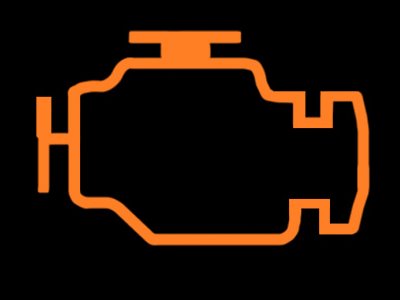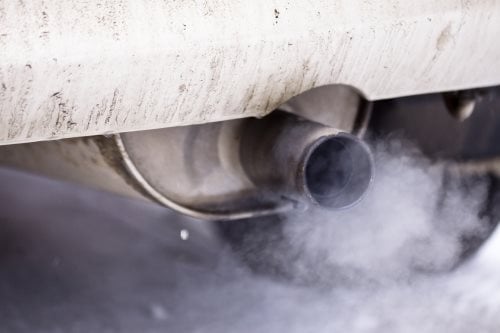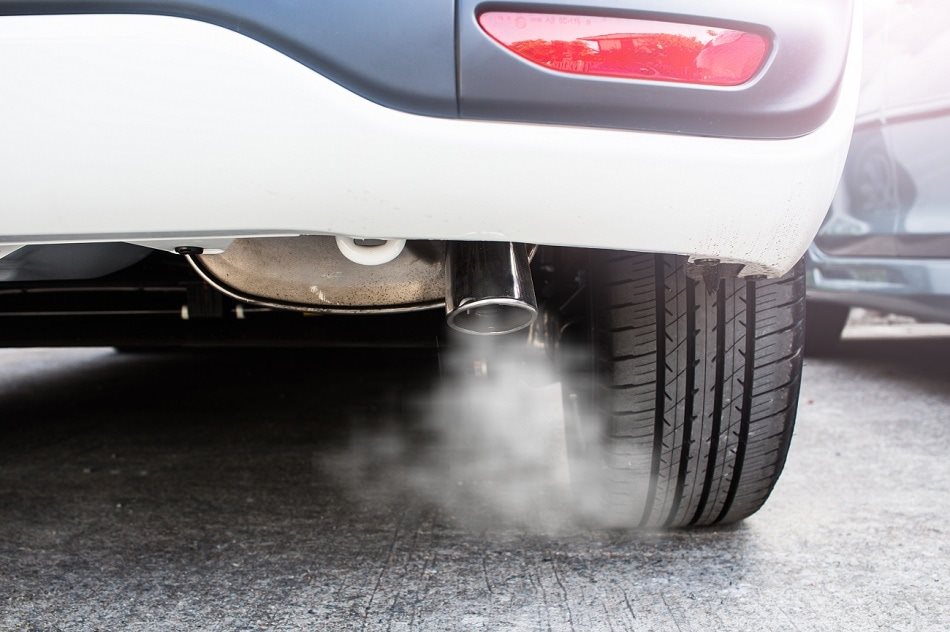Just a heads up – Grimmer Motors isn’t doing Emission Testing anymore, but we’re still all over diagnosing emission issues and sorting out parts replacements to help get your car breathing easy again.
How vehicle emissions actually work (and why you should care)

If the check engine light pops on, there’s a fair chance it’s emissions-related.
So if you’re running your Corolla or your Outlander down Tristram Street on a foggy Hamilton morning, you might not think much about what’s coming out the exhaust… until the check engine light flicks on. Every Kiwi car (petrol, diesel, hybrid – doesn’t matter if you’ve got a VW Golf or a Toyota RAV4) chucks out emissions as it burns fuel. NZ laws say your car’s got to stay within set emission levels, otherwise you can end up failing your Warrant of Fitness (WOF).
We see all sorts out here in the workshop, from big diesel utes cruising up from Te Awamutu needing a service after too many potholes down Naylor Street, to compact Mazdas whose owners live out in Cambridge and just want their little car to pass WOF without stress. If you’re burning too much fuel, you’ll spot it pretty quick: black smoke, grumpy engine, maybe even a ‘service due’ warning chirping at you. More emissions not only mean more pollution, but they’ll also dent your wallet at the pump.
What makes your car pump out more emissions?

Honestly, Hamilton roads and the constant stop-start down Ulster Street or heavy traffic heading to Rototuna aren’t that easy on your car. A few things we see all the time causing big emissions numbers:
- Oxygen sensors on the blink: These little units keep an eye on how much O2 your engine’s using. If they’re buggered, the car runs too rich – more fuel, more smoke, higher emissions. Happens in everything from Subarus to Honda CR-Vs.
Oxygen sensor replacement - Catalytic converter issues: Your cat turns nasties into not-so-bad stuff. If it fails, no amount of wishing will help your WOF. Especially common with older BMWs, or that Audi your partner just picked up.
Catalytic converter replacement - Blocked or dirty air filters: Seen heaps of these lately – GSR Lancers or even the odd late-model Yaris. Not enough clean air means more fuel burned than you’d expect.
- Ignition system dramas: Especially dodgy coils or leads. Not always easy to spot, but a Fiesta that misfires as you bounce over a speed hump in Frankton is probably having spark issues.
- Leaky exhausts: Rust from Waikato’s winter roads can open up exhaust holes. That’ll trip the sensors. Apart from sounding rough, it’ll boost emissions.
- Bad fuel injectors: We see this in some Euros (like Alfa Romeos) and a few Korean cars too. They drip, they leak – more fuel, more emissions.
Fuel injector replacement - Worn spark plugs: Old, tired plugs can double your emissions – and nobody wants to fail a WOF in Huntly because of something that simple.
Spark plug replacement
What we can help you with
So while we’re not doing official emission tests anymore, our team uses scan tools to check exactly what’s going on with your car – whether you’re in Hamilton East, Raglan, or Morrinsville. From diagnosing those weird exhaust smells on State Highway 1, to fixing that rattly Mazda Atenza you picked up secondhand out in Gordonton. Here’s the sort of stuff we do in our car service Hamilton workshop:
- New fuel injector installs
- Fresh spark plugs fitted
- Sensor replacements (oxygen, temp, MAF, you name it)
- New catalytic converters slapped in
- Plus a bunch of other emission-related fixes
Getting on top of high emissions early can save you a heap of hassle at your next WOF Hamilton visit – not to mention fuel costs, especially with all that stop-go on Victoria Street. So if your dash is lit up or you reckon your car’s using too much gas, swing by and we’ll take a look. We’ll get you sorted, no fuss.

